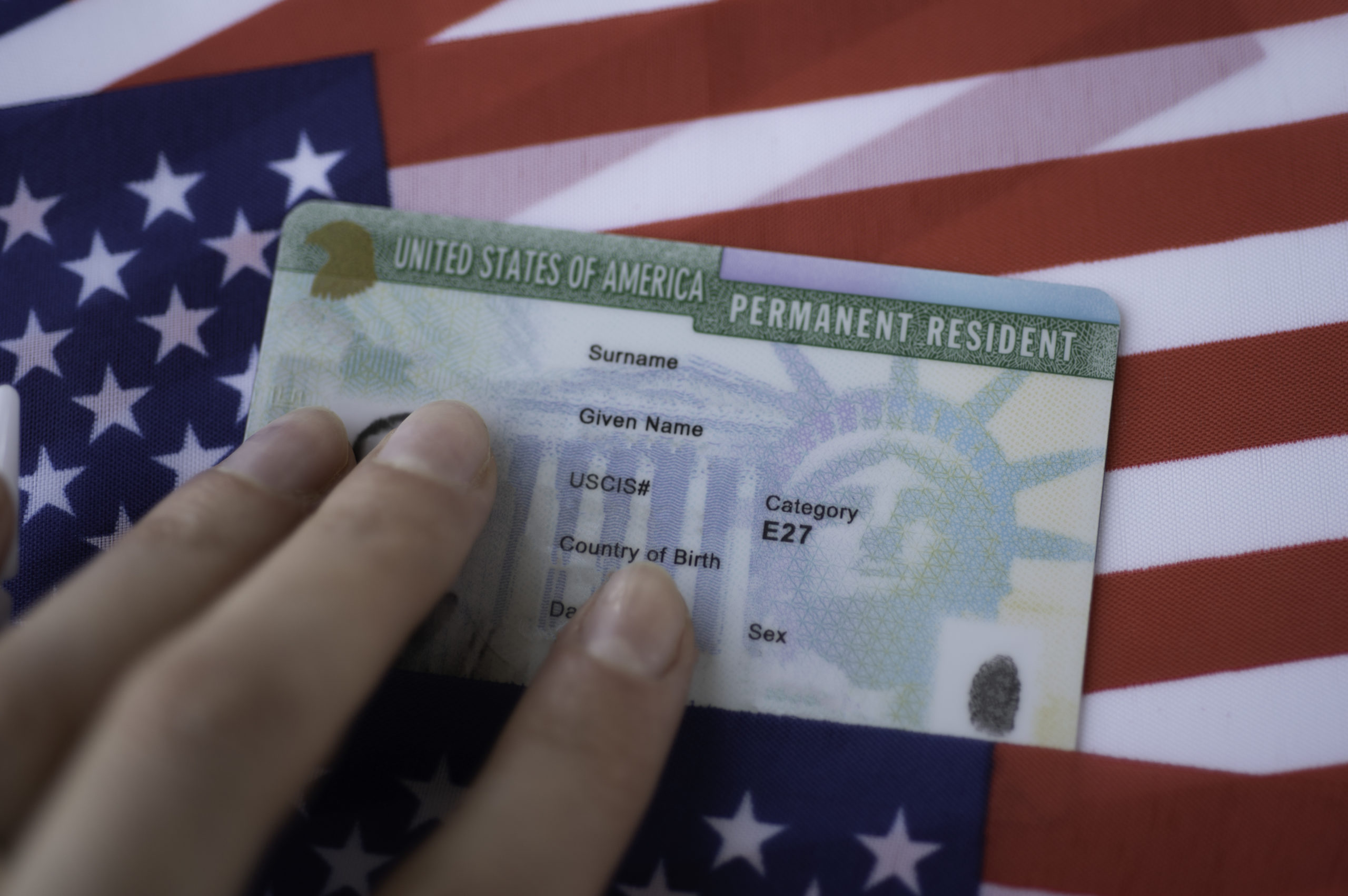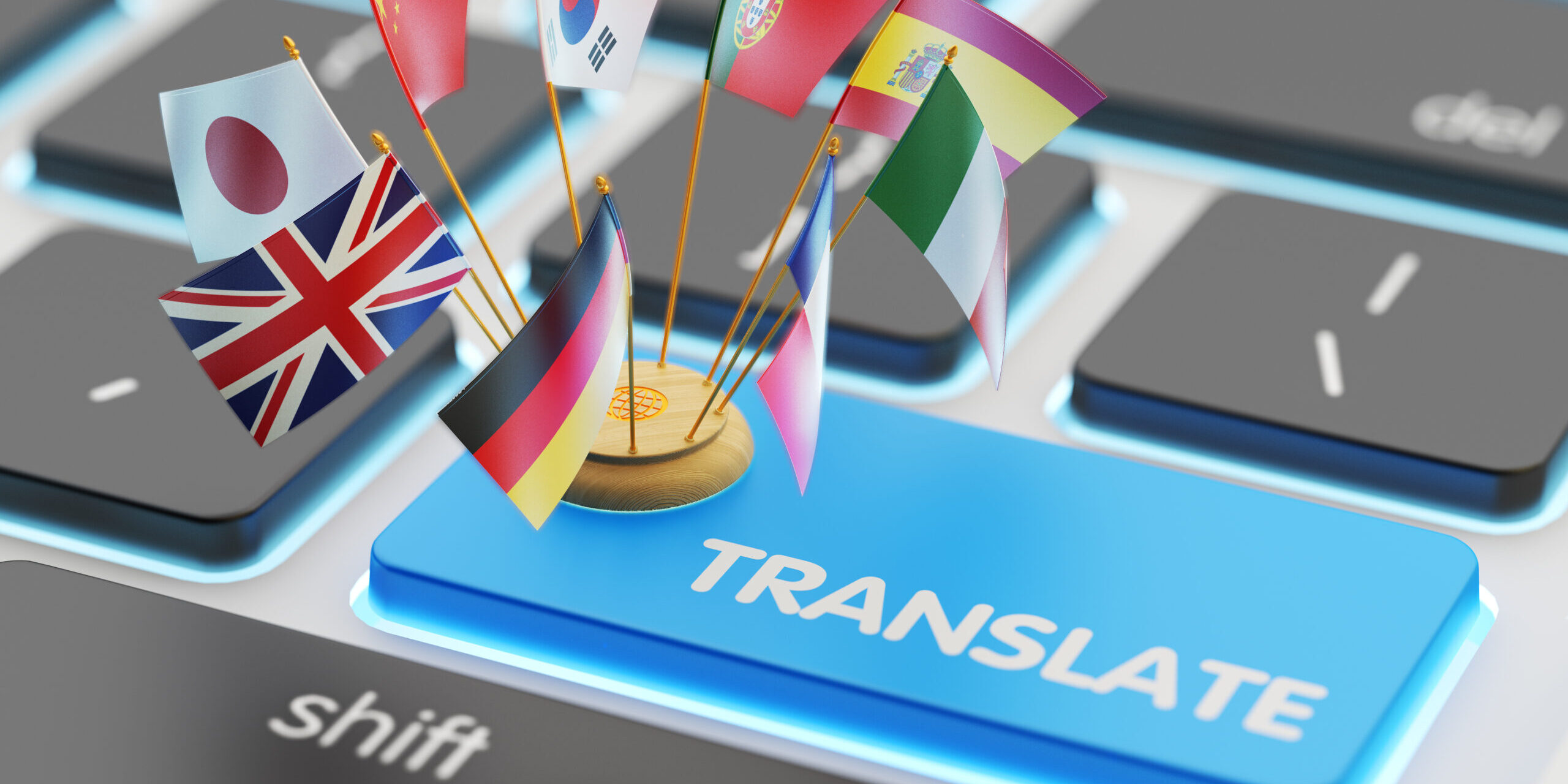Introduction
With the acceleration of global innovation, recent advancements in machine translation (MT) technology have sparked discussions on whether it can replace or complement human translation. This article compares the cost risks of machine translation with the compliance advantages of human translation, exploring optimal strategies for Chinese-to-Western patent translation.
Machine Translation
Machine translation (MT) uses artificial intelligence and algorithms to automatically convert text from one language to another, offering a fast and cost-effective solution for processing large volumes of text. However, MT’s limitations cannot be overlooked: patent documents contain extensive technical terminology and legal language, which MT struggles to contextualize or adapt to idiomatic expressions. Translation errors may lead to misinterpretations of patent claims or non-compliance with legal requirements in target jurisdictions, thereby jeopardizing patent validity. While MT is low-cost, its application in high-stakes scenarios requires caution.
Human Translation
Human translation, performed by professional translators—especially those with expertise in patent law—delivers accuracy and compliance that machine translation cannot match. Key advantages include:
Precision in Terminology: Human translators ensure consistency in technical and legal terms, adhering to the formats and standards of global patent offices.
Cultural Adaptation: Translators localize content based on the cultural context of target markets, ensuring translations are both accurate and applicable.
Legal Safeguards: Rigorous quality control minimizes the risk of legal disputes caused by translation errors.
Cost Analysis
|
Translation Method |
Cost Range |
Advantages |
Disadvantages |
|
Machine Translation |
Free or low-cost (e.g., subscription services) |
Fast, suitable for preliminary translations |
Low accuracy, may require post-editing |
|
Human Translation |
$30-$50 per page or per word |
High accuracy, meets legal standards |
High cost, time-consuming |
|
Hybrid Method |
MT free + Human Editing ($20-$40 per page) |
Balances cost and quality, fast delivery |
Still requires human involvement, cost may approach human translation |
Research indicates that while MT has lower initial costs, post-editing expenses can make the total cost comparable to human translation. For example, Patent Translations Express notes that translating Chinese patents can cost $3,000-$6,500, representing 75-80% of filing fees. For critical documents, human translation may prove more cost-effective long-term.
Conclusion
While advancements in machine translation may enhance its accuracy in the future, human expertise remains irreplaceable in Chinese-to-Western patent translation for now. The hybrid approach, combining the strengths of both methods, is recommended. Enterprises should select a translation strategy based on project requirements, budget, and legal risks, prioritizing the hybrid method to balance cost and quality.
Need Professional Patent Translation?
Artlangs provides fast, accurate translations using expert human review. Protect your patents globally with trusted, affordable solutions tailored to your needs.











